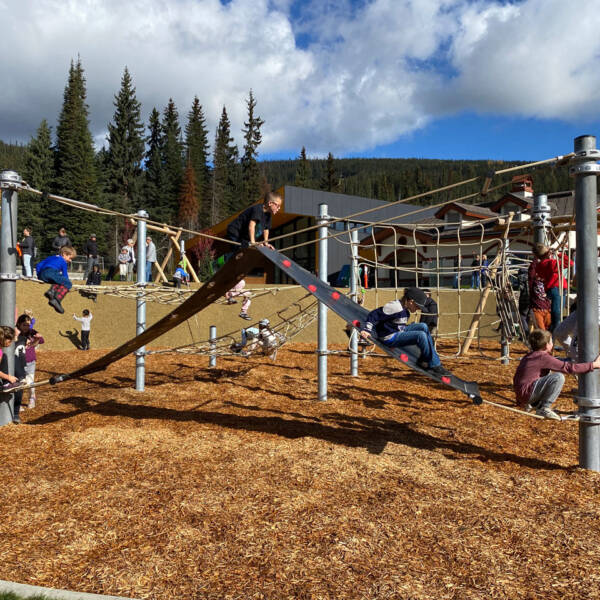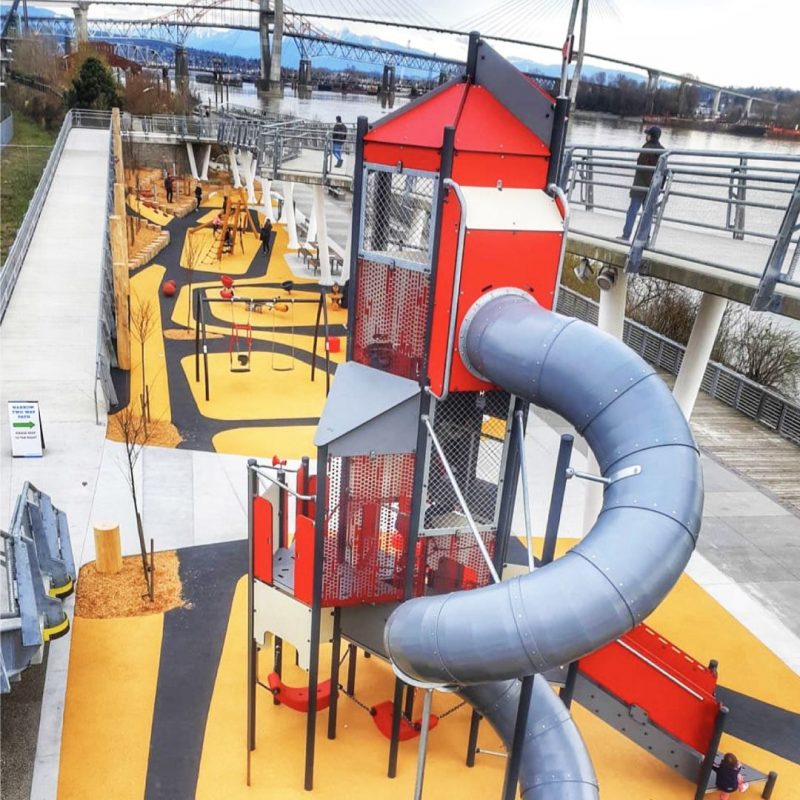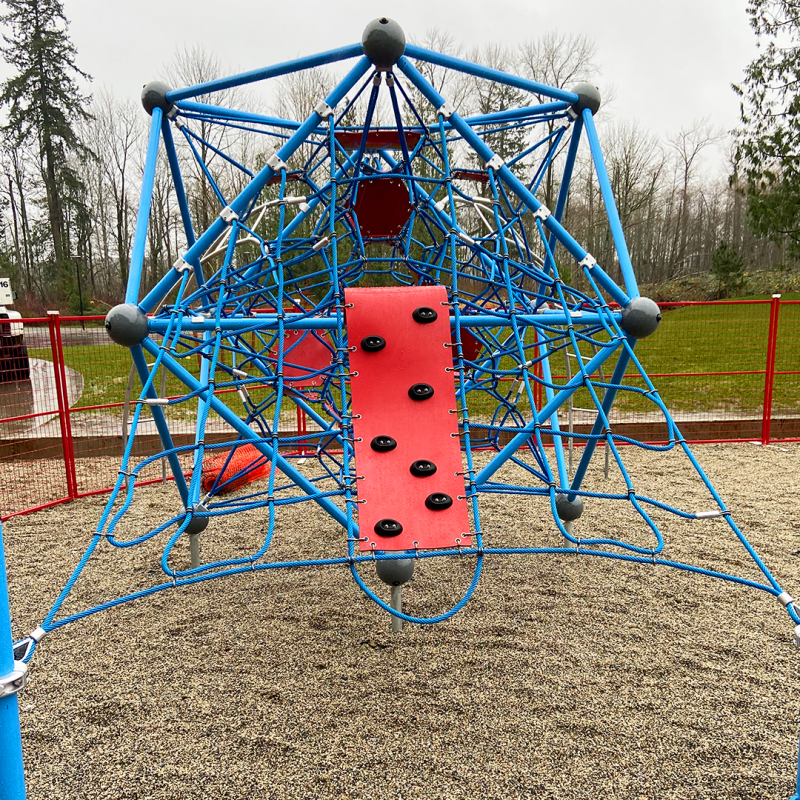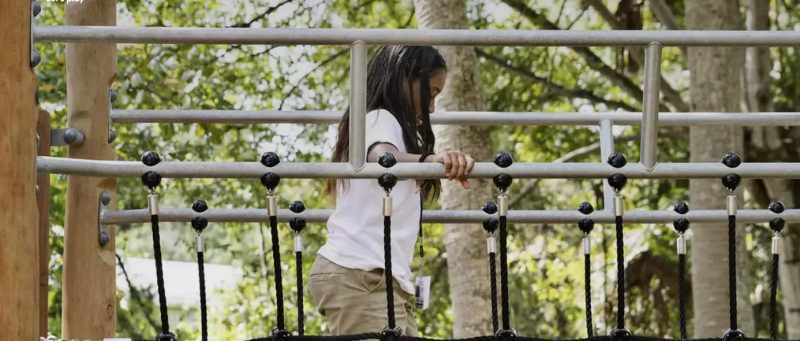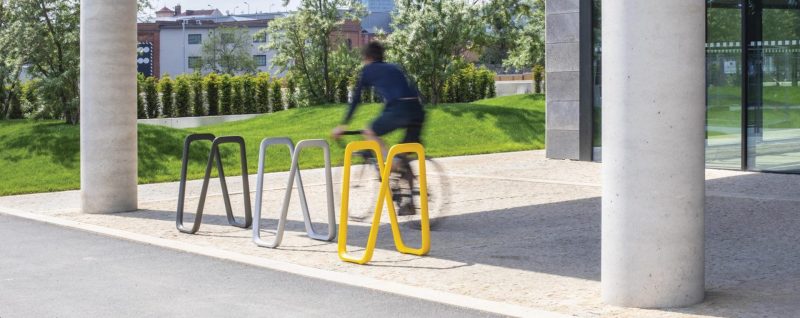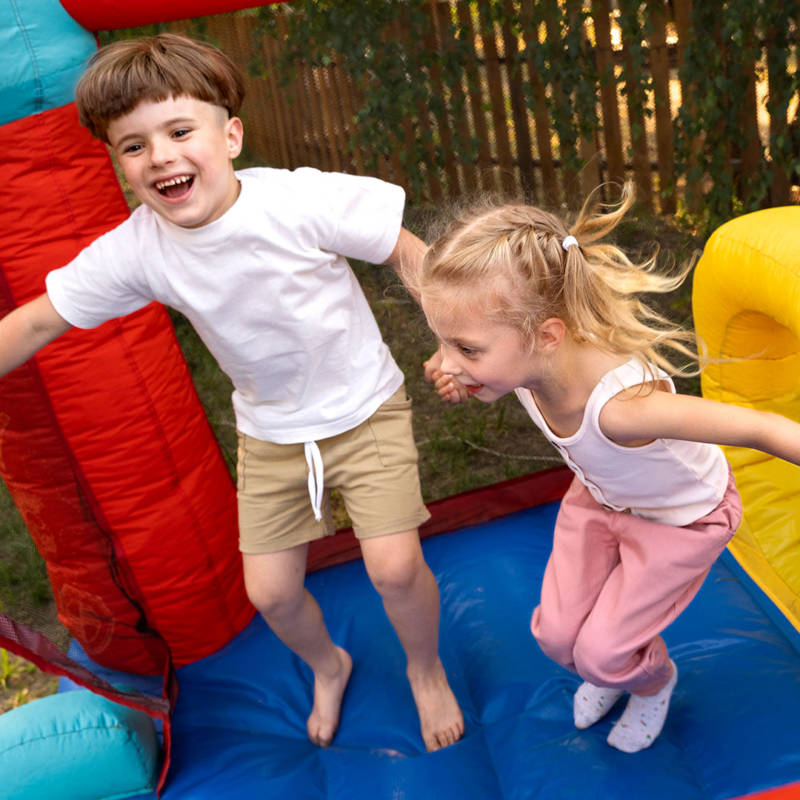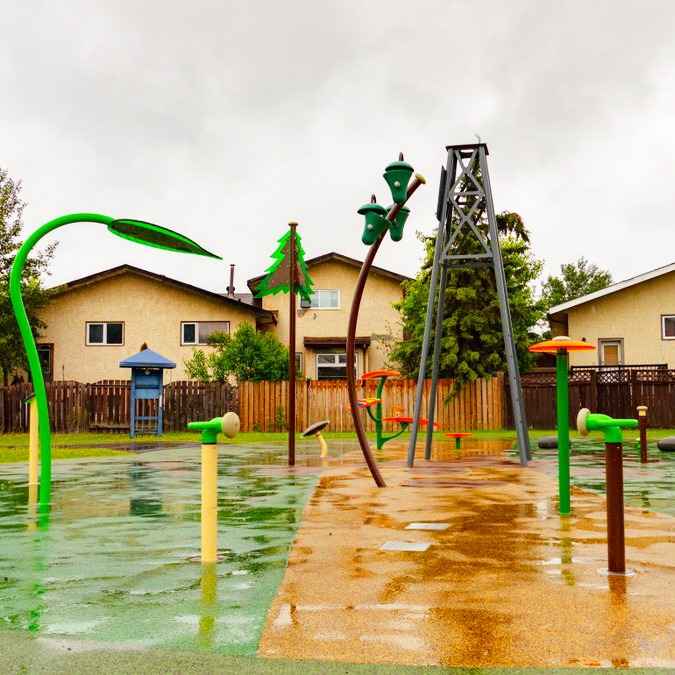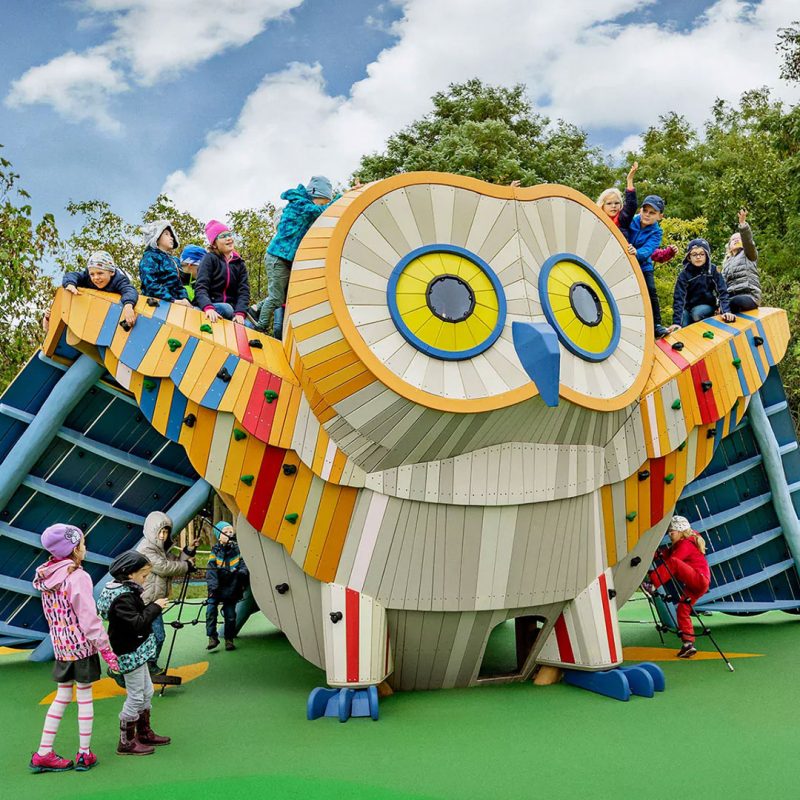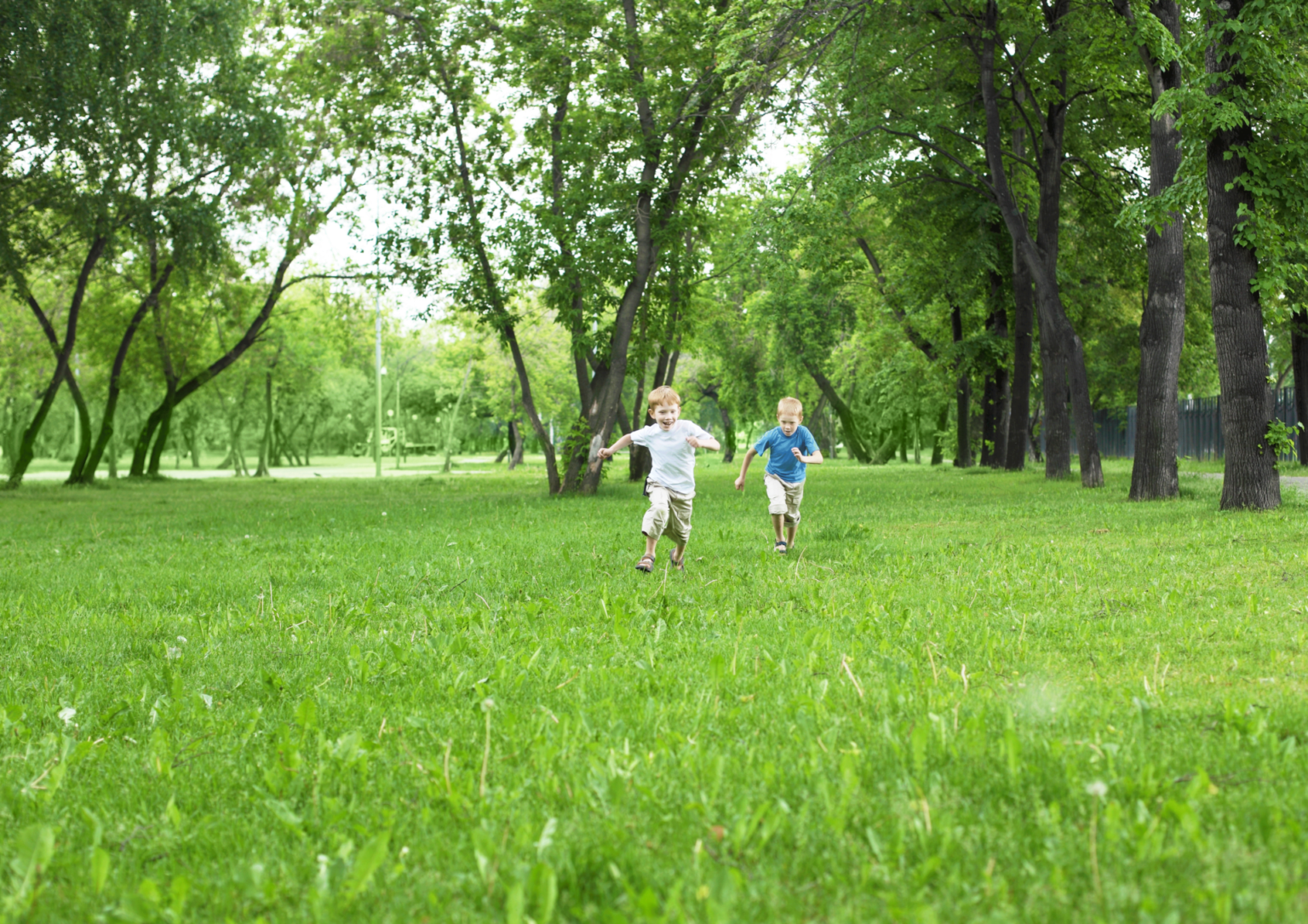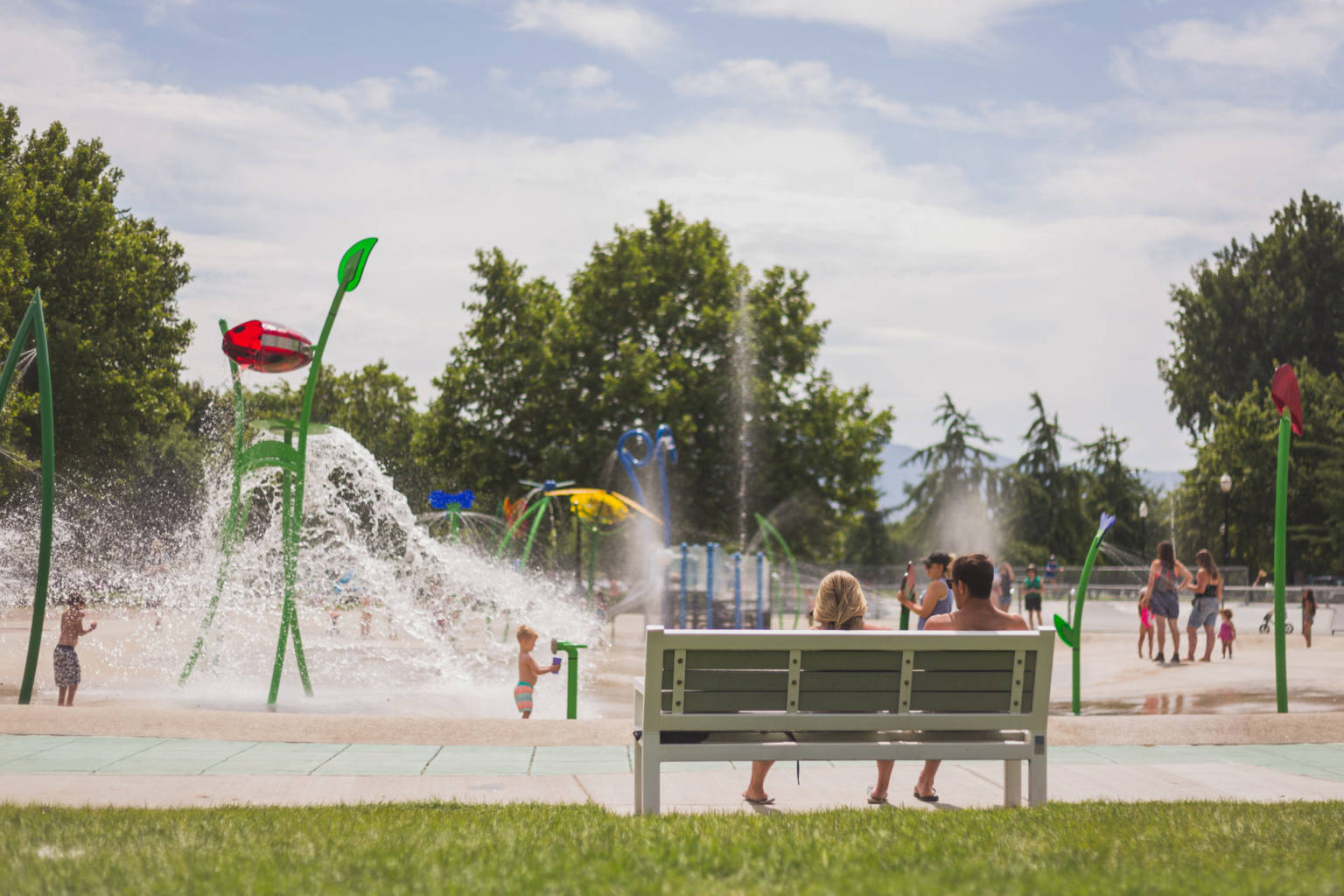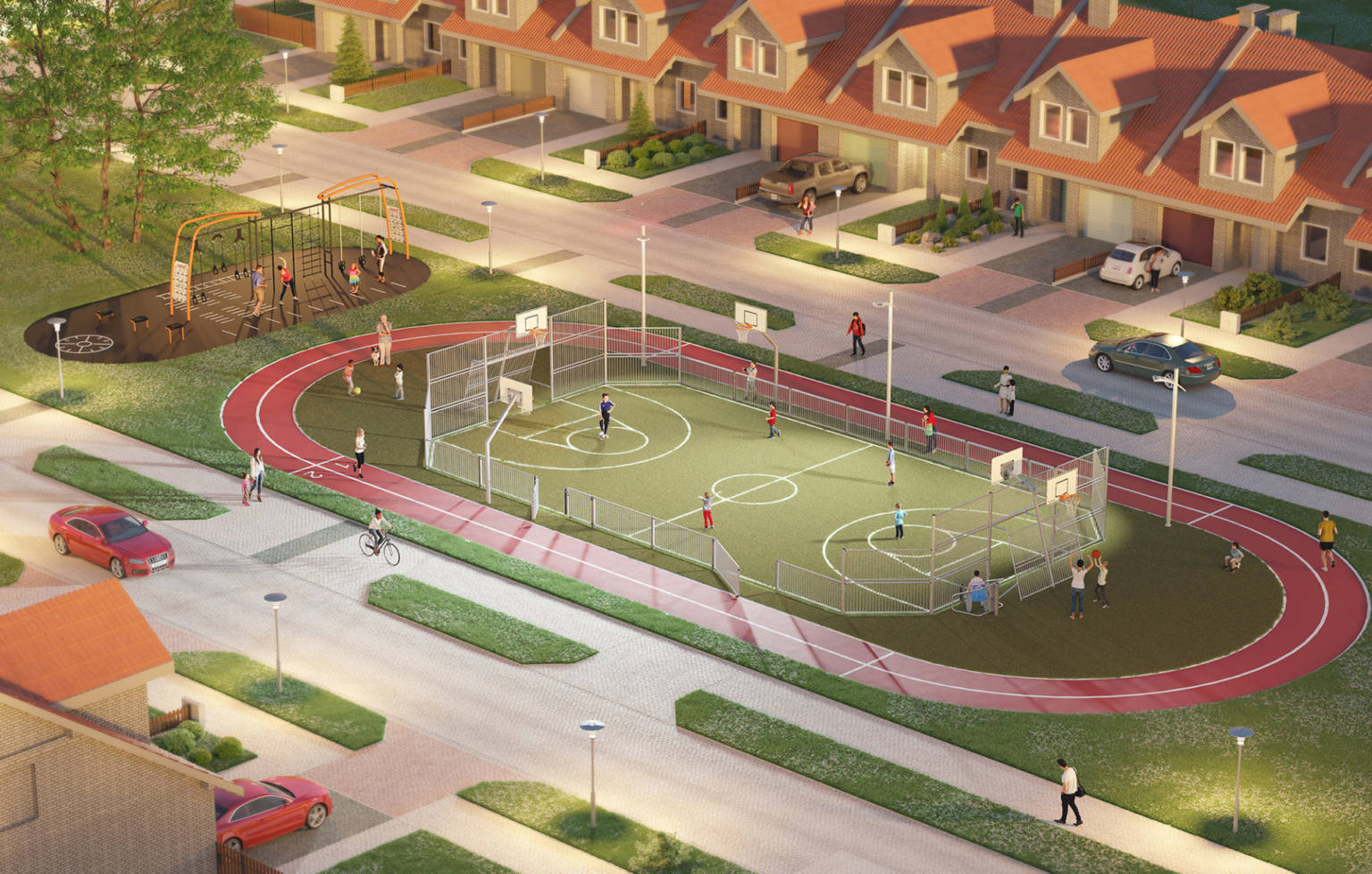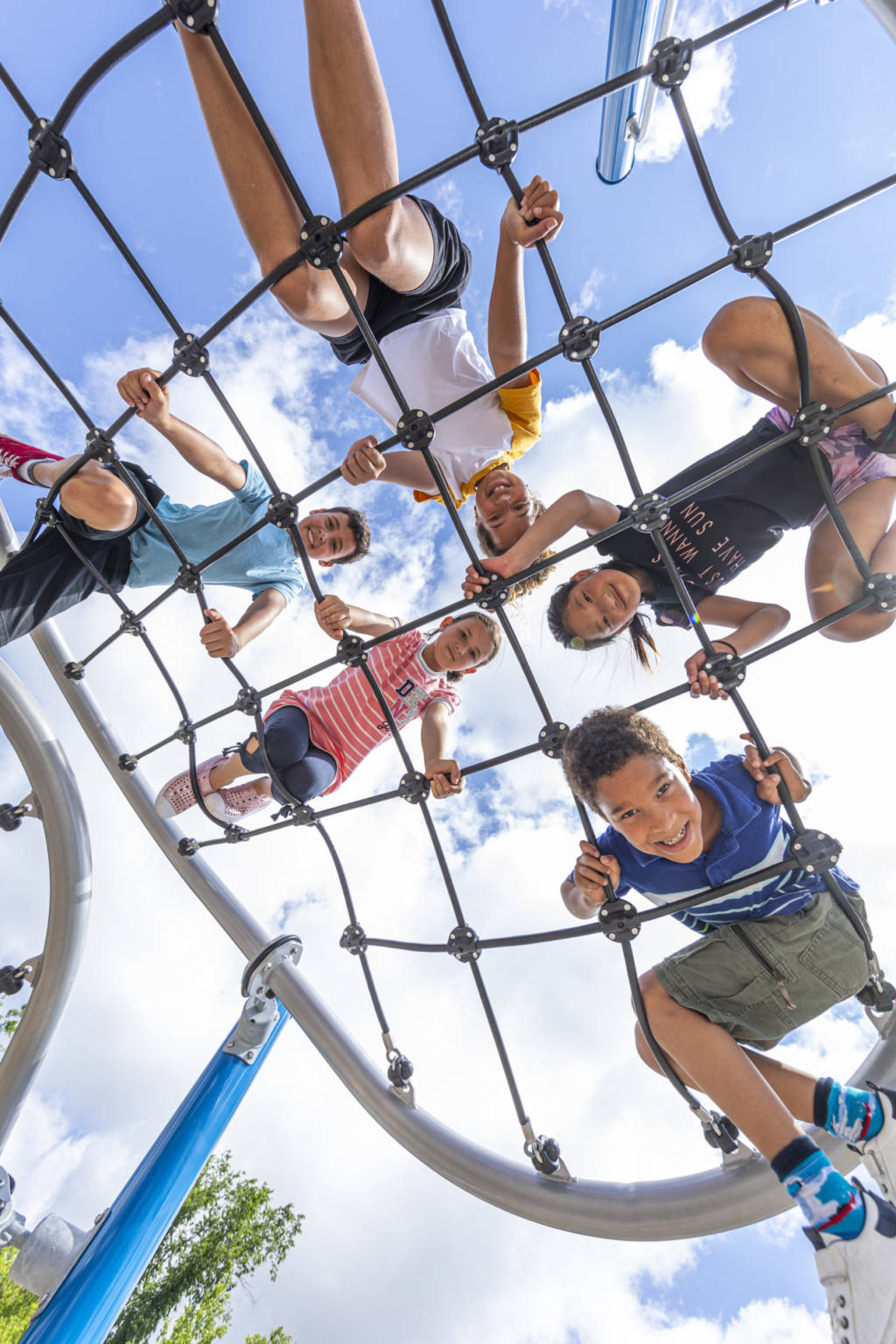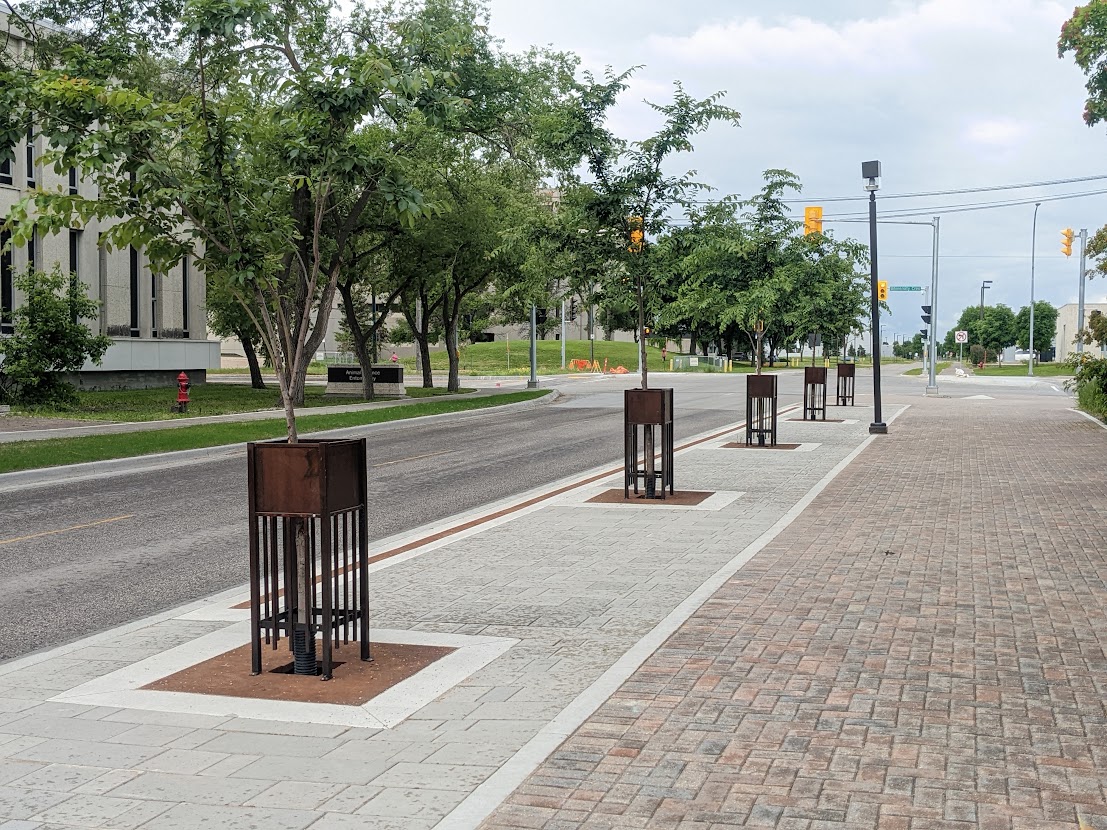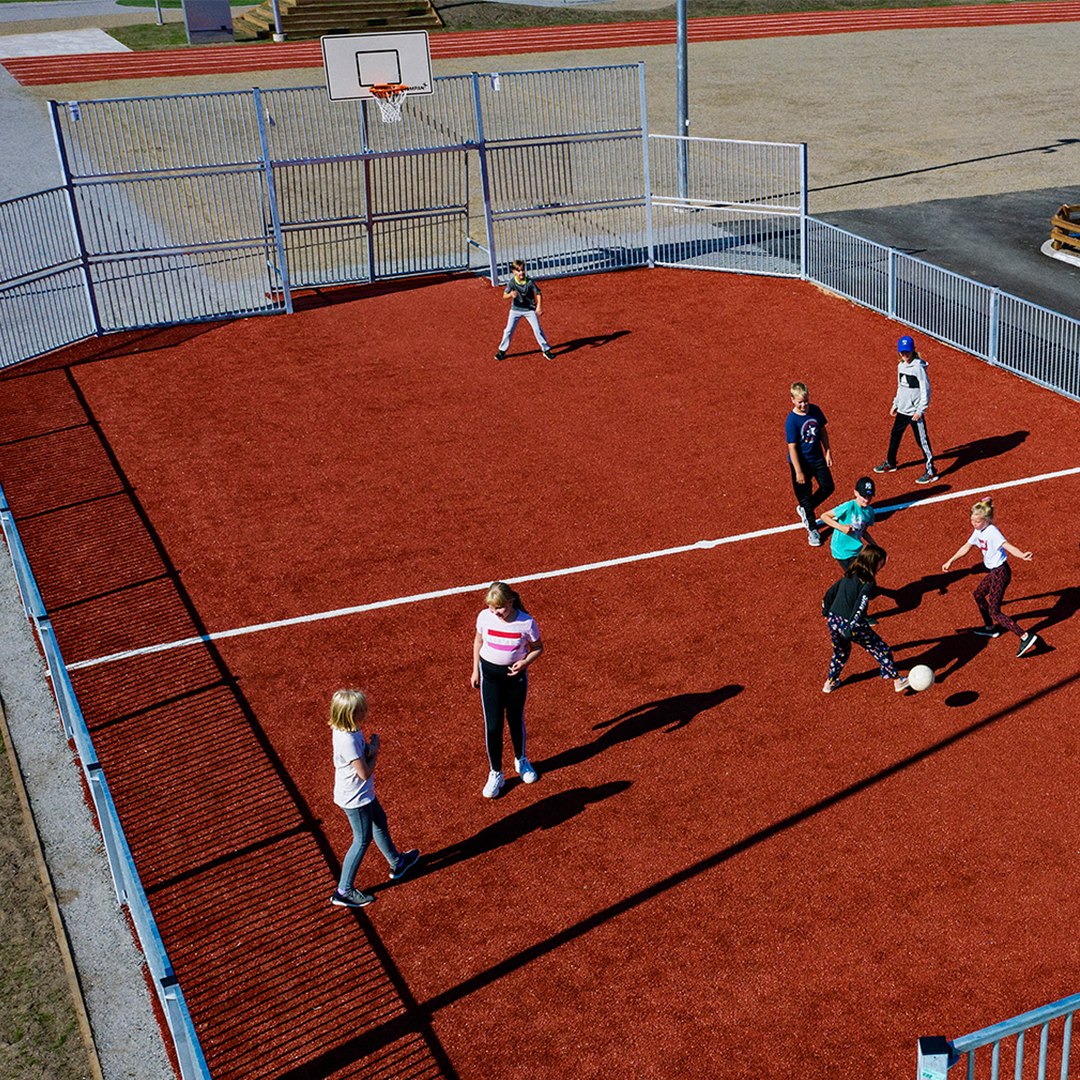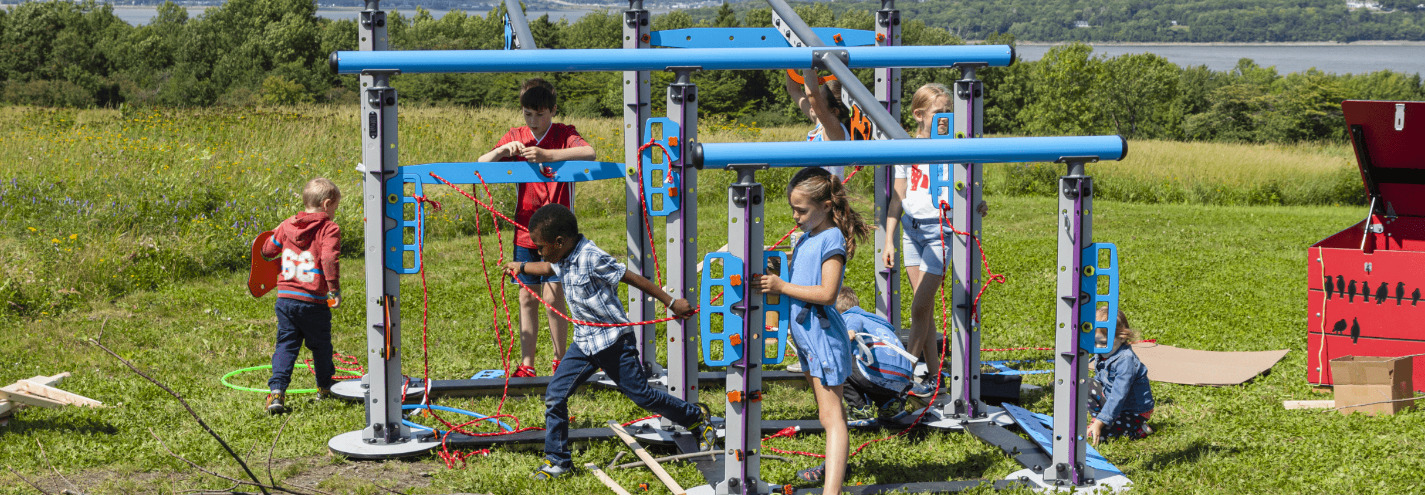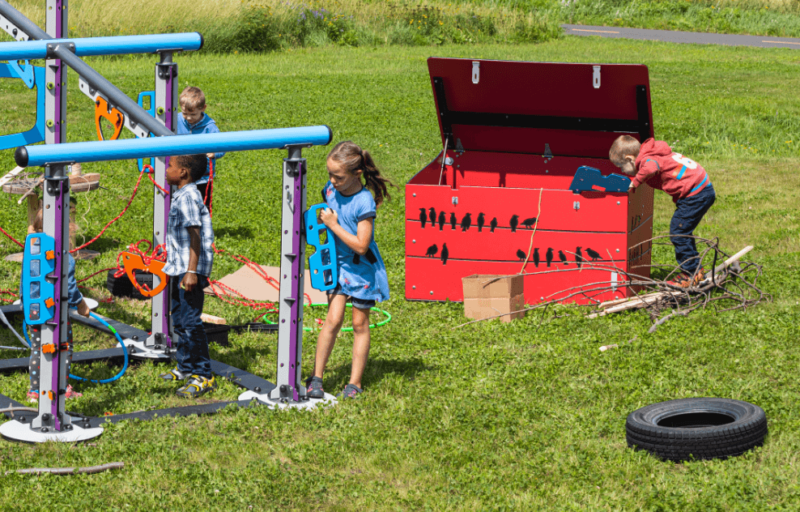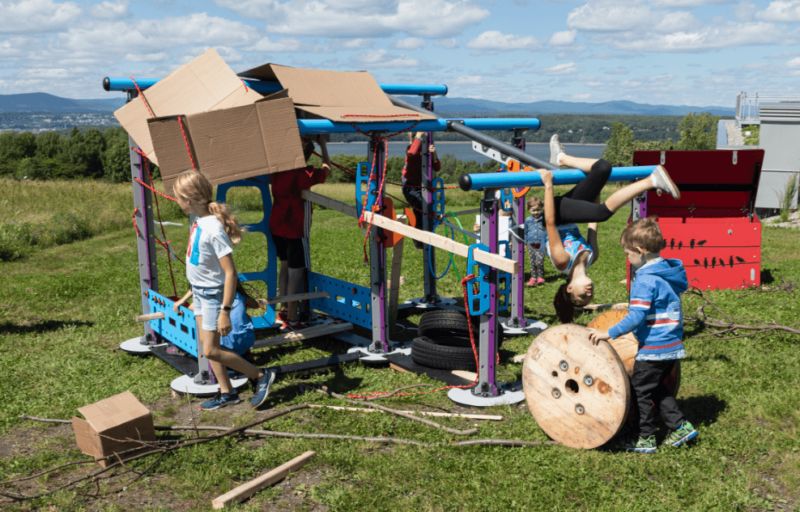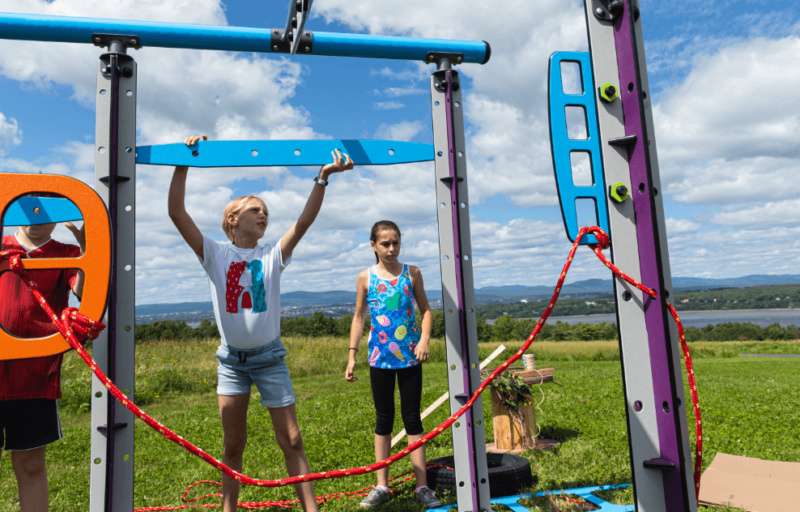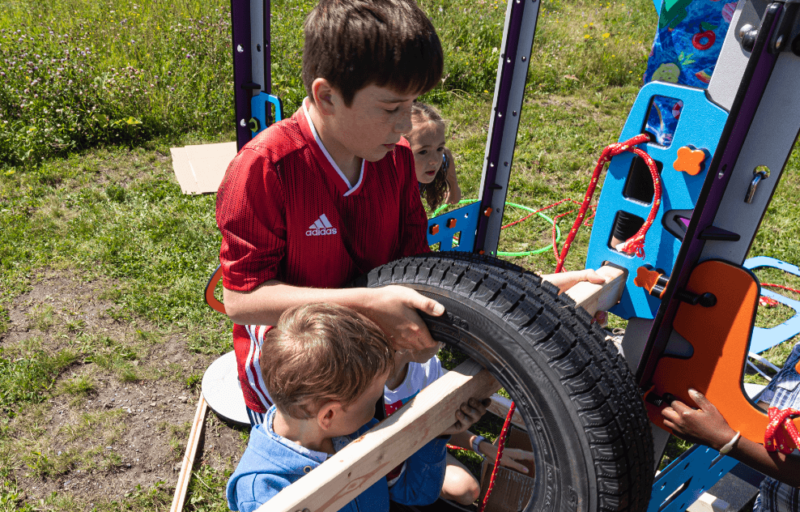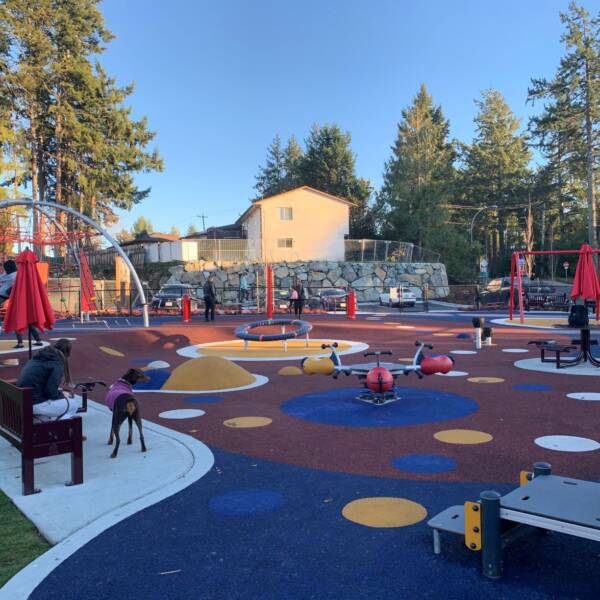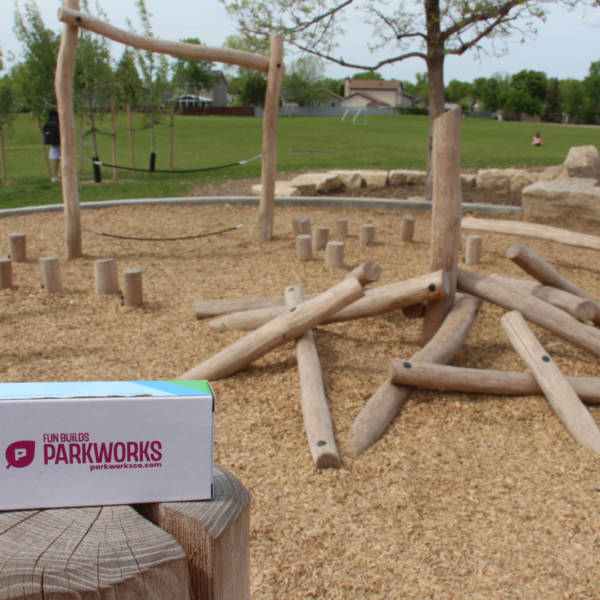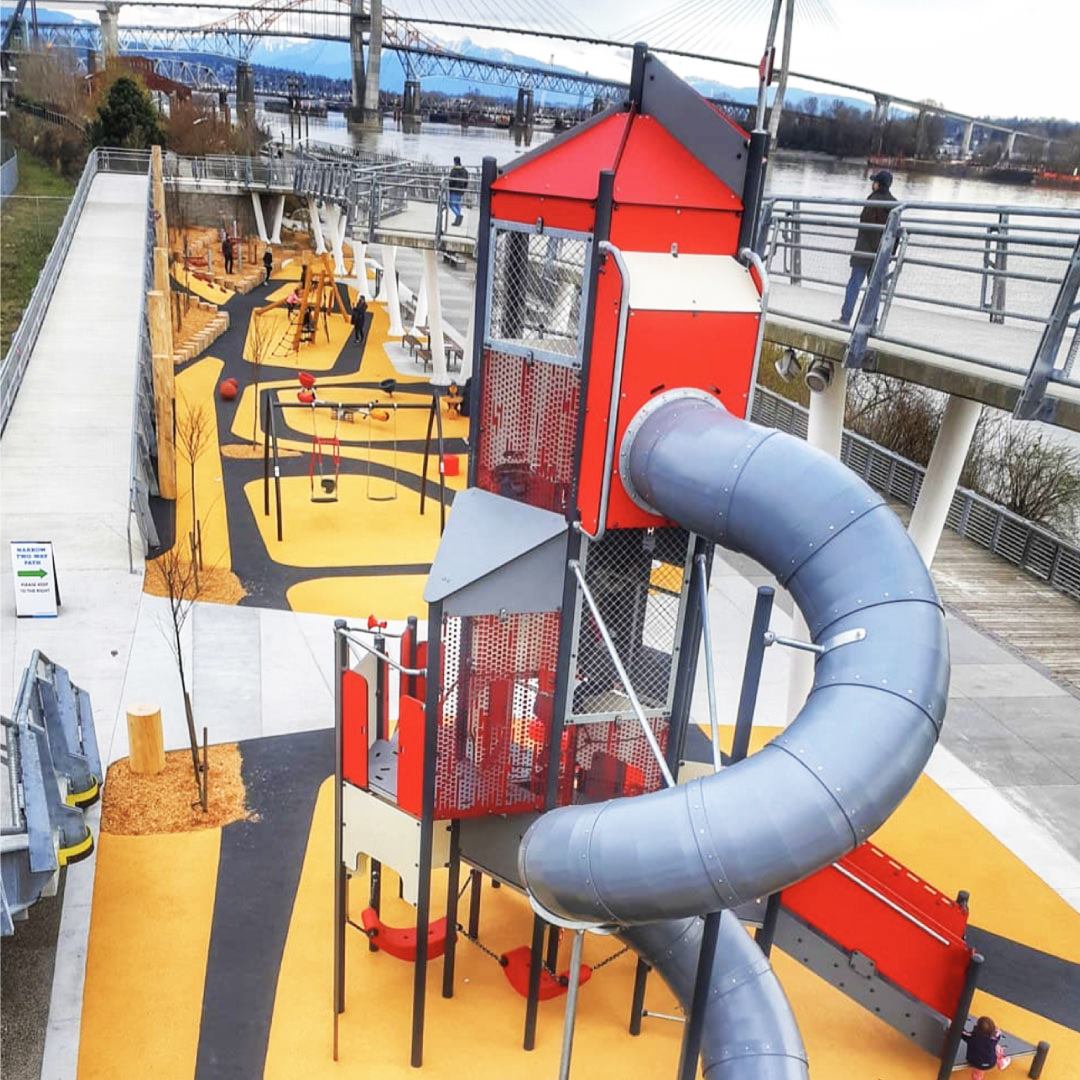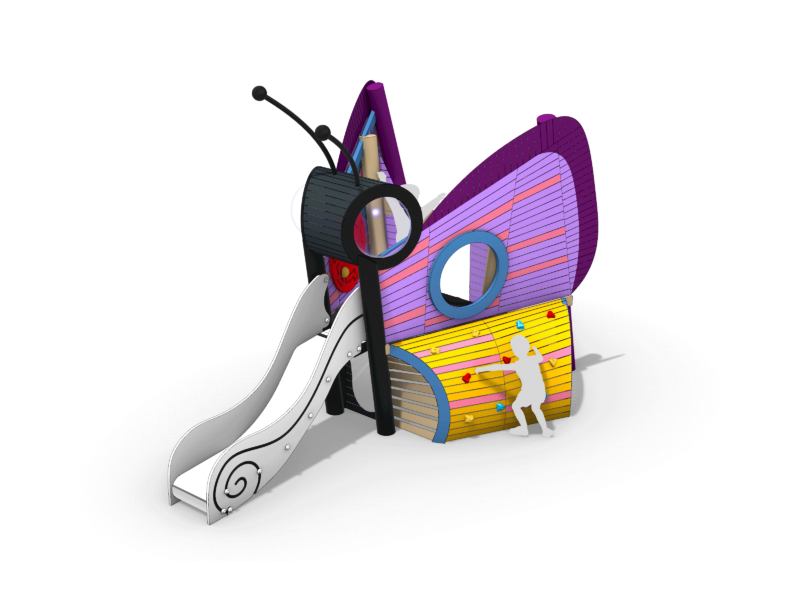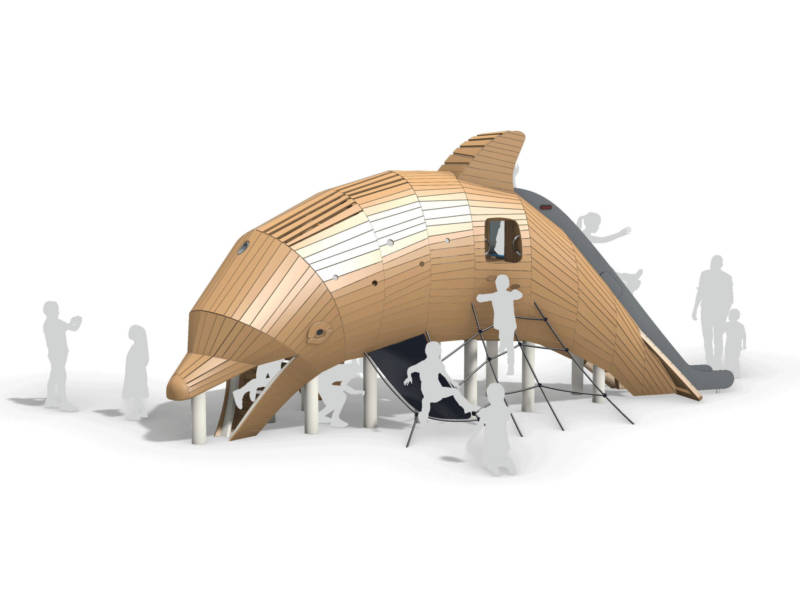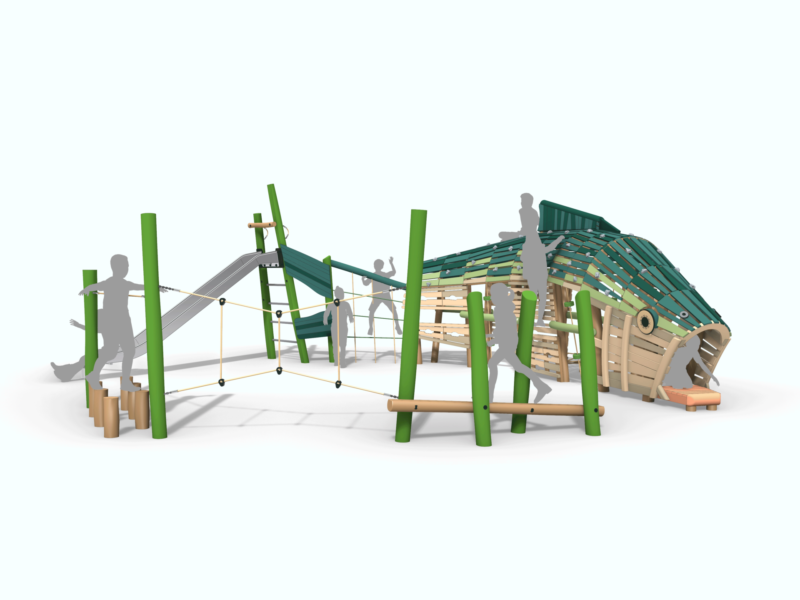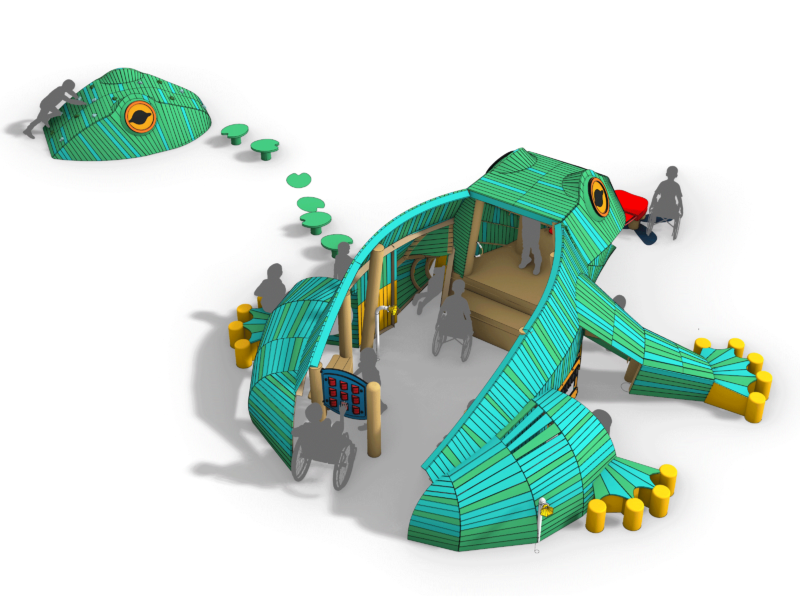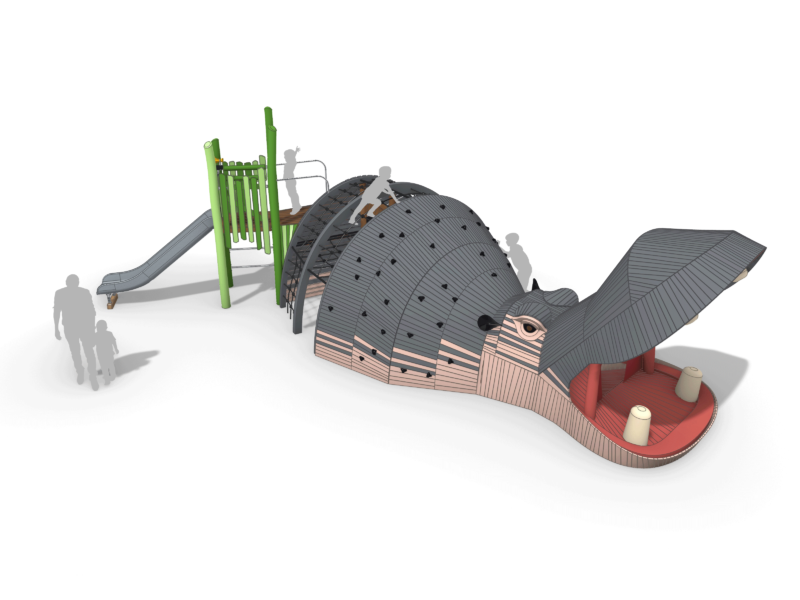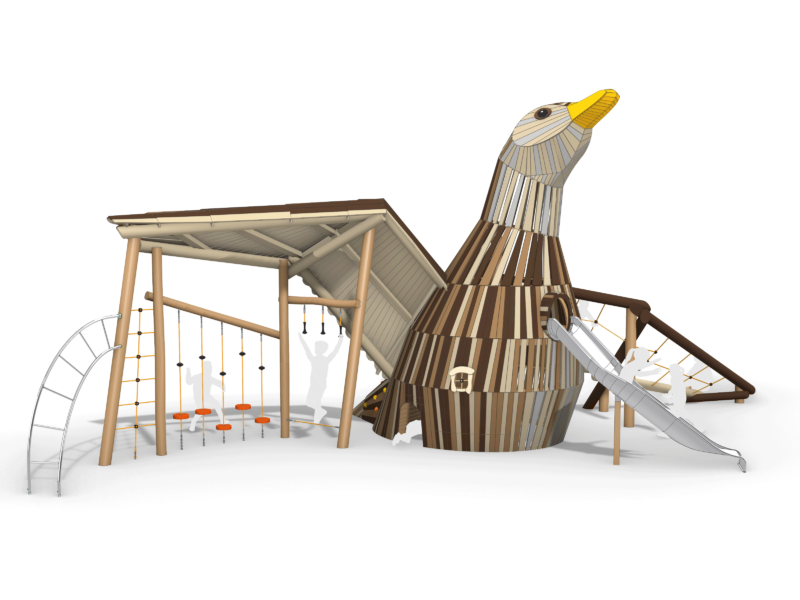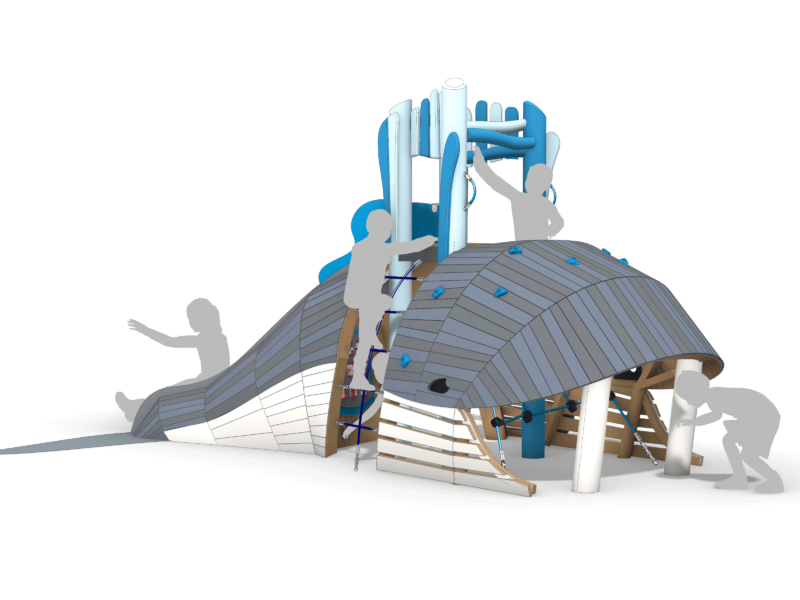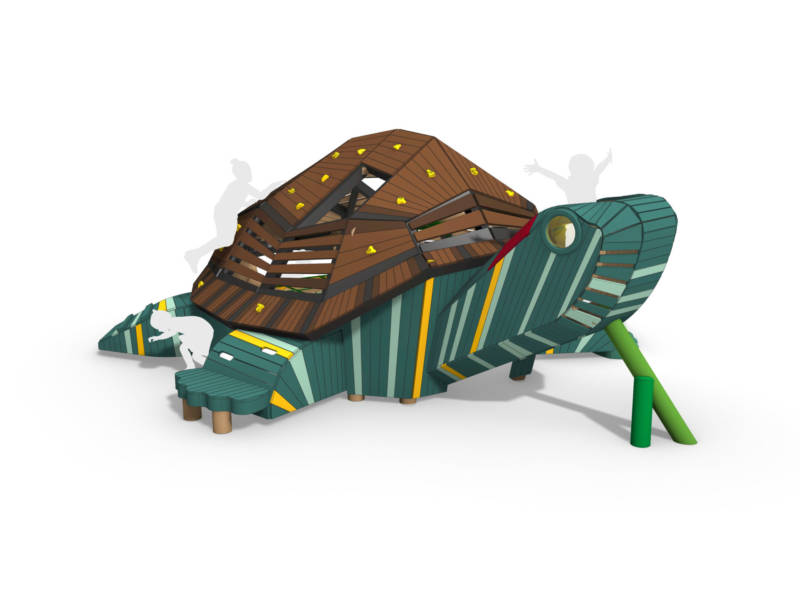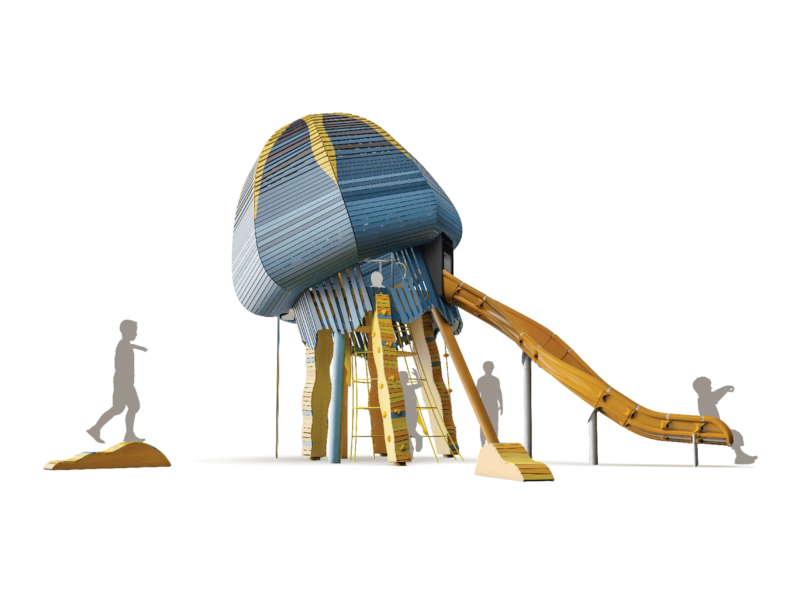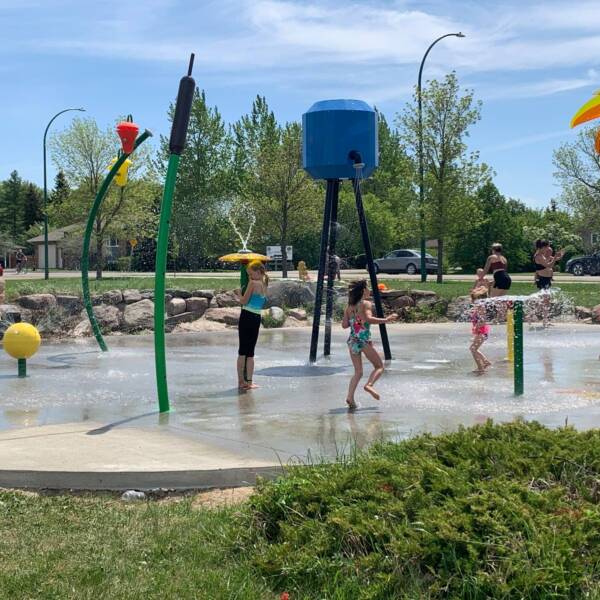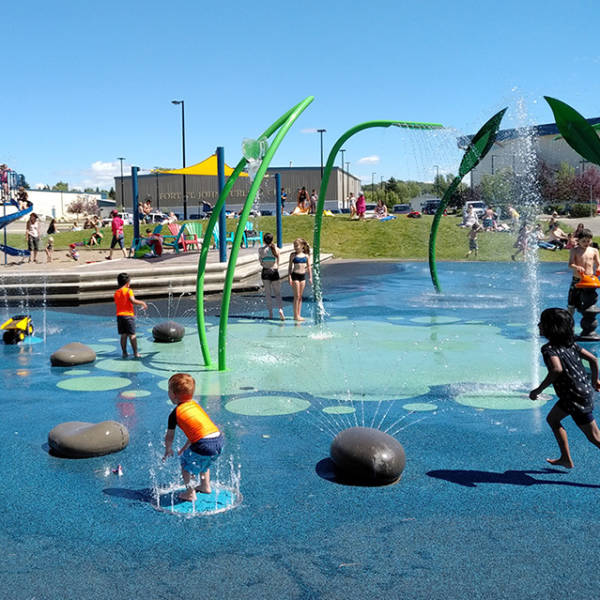LET THERE BE PARKS!
The demand for public park spaces is higher than ever. Why? Because parks play an important part in a community's collective social, mental, and physical wellbeing. No decade more than this one has proven that improved park spaces are an integral part of our future. Parks are a place to connect, a place to unwind, a place to be active, a place to see diversity in action, and a place to find joy. Let's build some amazing parks!
#10MinWalk #ParkEquity
Park Projects
What's trending... Loose Parts Play
The ultimate answer to free, creative play.
Your play space programming is complete when you bring in loose parts play. With the My Free Play line of products by Jambette, children become playground designers. Plan, create, collaborate, build and play with the loose parts to discover something new every time you play.
Perfect for schools and childcare centres, recreation facilities, and supervised play spaces.
Playground Projects
Calling All Designers!
Kompan Design Studio
Unleash your imagination - anything is possible!
Sometimes placemaking calls for something completely bespoke, innovative and spectacular. A unique landmark that brings the space to life unlike anything else could. Cue the KOMPAN Design Studio, an amazing team of leading design experts that create custom play masterpieces, all day, every day.
Splash Pad Projects
Podcasts
Highlights from our MAKR Podcast!



